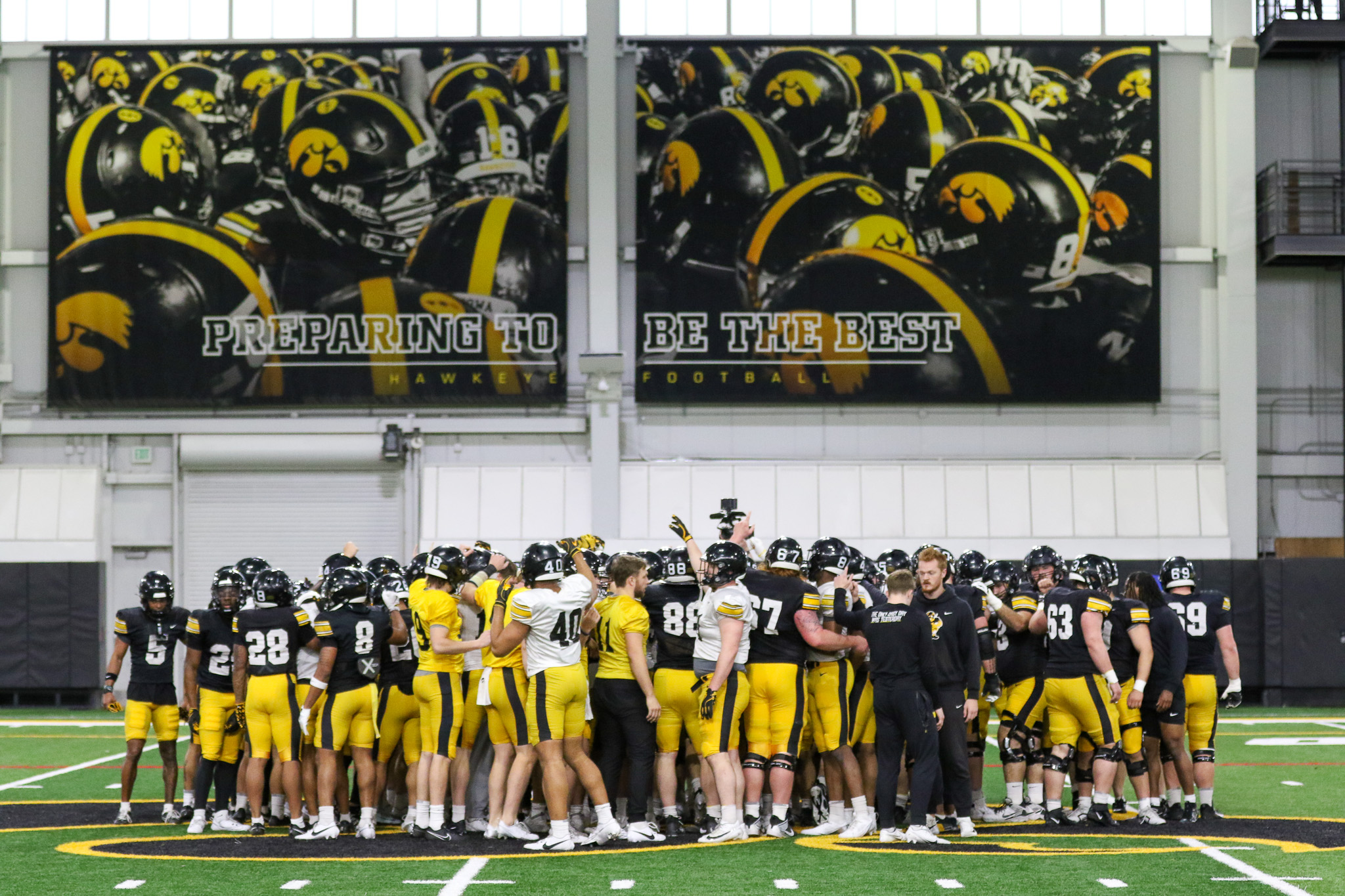From Ed O’Bannon’s lawsuit to schools now paying players directly; NIL has made huge strides in little over a decade
College athletics will now operate more like a business
By Pat Harty
IOWA CITY, Iowa – If you are a college athlete and about to enjoy the financial benefits from now getting paid directly by your school, you should learn about Ed O’Bannon if you haven’t already.
Because without Ed O’Bannon’s persistence and willingness to take a stand when few others would, who knows when the push to start paying college athletes would have become more than just talk and wishful thinking.
A significant step was taken in 2009 when O’Bannon, a former star basketball player for UCLA in the mid-1990s, filed a lawsuit against the NCAA and EA Sports, arguing that they were unfairly profiting from his likeness without compensating him. This lawsuit triggered a legal battle that ultimately led to the NCAA’s decision to allow college athletes to be compensated for NIL.
O’Bannon’s legal pursuit came from playing EA’s college basketball game and noticing a nameless image in a UCLA uniform that looked almost exactly like him.
O’Bannon led UCLA to the 1995 national championship, scoring 30 points in the title game.
And though he on played briefly in the NBA, partly due to injuries, his college reputation was rock solid and apparently was worth promoting from a video game business standpoint, even without his consent.
O’Bannon has since sort of become the face of NIL and he is widely recognized for the decline of the NCAA by helping to expose that it was a billion dollar industry built on the backs of unpaid labor for decades.
Former Nebraska quarterback Sam Keller also has a role in this ground-breaking story as he actually filed a lawsuit a few months before O’Bannon objecting to the use of the likenesses of former and current student-athletes in archival footage, as avatars (in video games), in photographs and promotions.
The lawsuit was then consolidated with other lawsuits that had been filed, including O’Bannon’s lawsuit.
O’Bannon and his co-plaintiffs would go on to win the lawsuit in 2014.
And now barely a decade later, look how far their mission has come in showing that the NCAA violated antitrust laws, and that student-athletes, past and present, deserve to be compensated for their name, image and likeness.
This new era in which players will be paid directly by schools was launched when a California judge this past Friday night granted approval to the NCAA’s landmark settlement of three antitrust cases.
College athletic departments can now pay out about $20.5 million directly to their players. The agreement lasts 10 years and the money is expected to increase annually.
This new era will have an enforcement structure led by the four Power 4 conferences: Big Ten, SEC, B12 ands ACC.
The House settlement will also pay thousands of former athletes — playing from 2016-2024 — a massive $2.8 billion in backpay from lost name, image and likeness (NIL) compensation.
And for the first time ever, schools will directly compensate student-athletes in a system that features an annual salary cap and a new enforcement entity that is expected to look with more scrutiny at booster payments.
Under this new setup, any new contract arranged between a student-athlete and a third-party is now subject to the new Deloitte-run NIL clearinghouse. The clearinghouse, which is called “NIL Go,” will have the daunting task of evaluating NIL deals between athletes and third parties to determine if the promotional value is in line with actual endorsement and promotional value, or if it’s just boosters paying recruits for play.
The Clearinghouse must approve all third-party NIL deals of at least $600 in value and will reportedly use a fair market value algorithm to create compensation ranges for third-party deals.
And while the shift to paying college athletes has certainly had its pitfalls and controversies, it still ultimately comes down to student-athletes deserving their fair share of the financial pie, which is now enormous.
That’s all O’Bannon and Keller asked for when they filed their ground-breaking lawsuits.
Why should others make millions from their likeness when they couldn’t.
The NCAA tried in court to show why, but ultimately failed.
The NCAA suffered another critical blow in 2021 when the Supreme Court voted 9-0 in favor of college athletes seeking unlimited benefits tied to education in a landmark case that would go on to give players more leverage and earning potential while diminishing the NCAA’s power. The Supreme Court ruled that the NCAA could not limit such benefits for athletes who play Division I basketball or football.
College sports has been big business for a long time, especially in the cases of football and men’s basketball.
The NCAA did little to nothing in response to the growing belief that players should be paid until it was too late.



